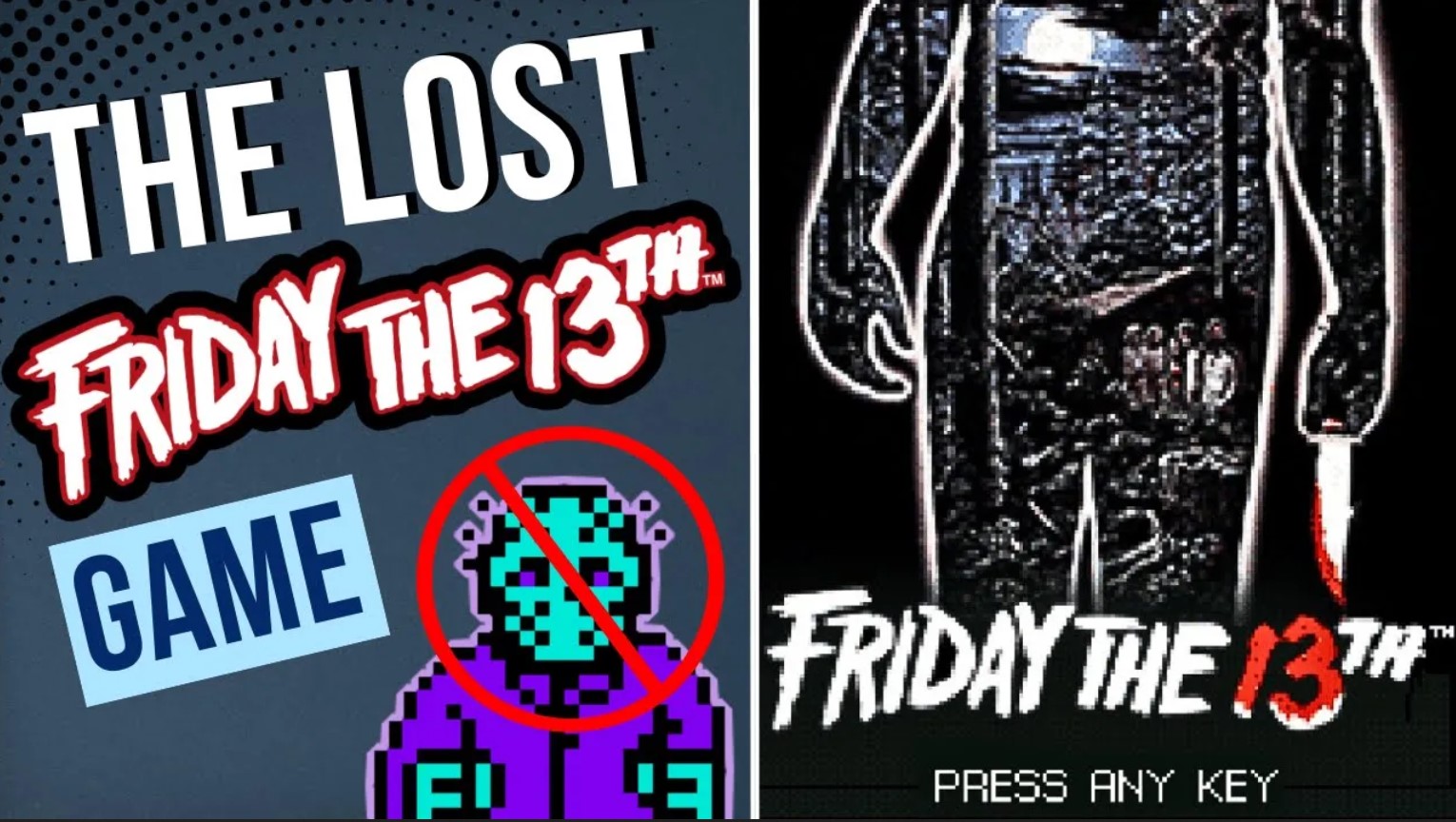“I’d like to kill somebody.”
Some movies have a mean streak. Some movies are a mean streak. Henry: Portrait of a Serial Killer falls into that second category. Unflinchingly bleak, confrontationally misanthropic, intentionally unsatisfying, Henry stands nearly alone in its portrayal of misery, desperation, and pure, dumb evil. There’s no lesson here, nothing even resembling morality, and yet John McNaughton’s film works far better than, say, Rob Zombie’s Halloween, which wades in the same muck.
Even the opening credits are unsettling, set as they are to NAME’s jarring, discordant score. It’s a minor-key assault on the earlobes, sounding not unlike Nick Cave’s first album, From Her to Eternity. If you’re familiar with that album, it will prepare you for the grisly soundscape of the film. It’s an almost deceptive way to start, as our first encounter with the titular serial killer (played chillingly well by Michael Rooker) is over a plate of breakfast. He compliments the waitress on her smile and goes on his way. This is a clever trick of McNaughton’s, and he uses it often, showing Henry (and his accomplice) engaging in mundane activities like eating dinner or buying cigarettes. He wants us to know – to feel – that men like Henry are all around us, and they eat and smoke and do everything normal people do. We’ll never see them coming. Henry’s ordinary day is intercut with scenes of violence: a dead prostitute in a motel, an elderly couple shot dead in a liquor store. The juxtaposition is stark and obvious: murder is as much a part of Henry’s day as breakfast is.

What makes Henry so terrifying is that he has no motive to speak of, no endgame, no journey towards any kind of catharsis. He’s smart enough to change up his MO so the cops can’t find him as easily; we see him shoot, strangle, and stab several people throughout the film. He tells a horrific story of sexual abuse at the hands of his mother, but who’s to say if he’s even telling the truth? When confessing to his mother’s murder, he says he stabbed her, then contradicts himself and says he shot her. What is the truth? Does Henry even know. When his accomplice’s sister, Becky, asks him if he killed his mother, he can only respond with “I guess I did.” Later in the movie he’ll preface another statement with “I guess,” as if he can only feint at human emotions and he’s hoping to land on the right one.
Henry is a bleak movie. Human misery is basically part of the set dressing. Becky has left an abusive relationship with a man who later goes to prison for murder. She tells Henry about suffering through sexual abuse at the hands of her father; beyond that, she has to evade her brother, Otis, and his wandering hands. Otis is a friend of Henry’s from prison, and while the actor playing him, Tom Towles, is a bit on the flat side, he convincingly plays the part of a scumbag who would – and does – try to rape his own sister. The apartment the three of them share would have to aspire to be dingy; it’s one of the saddest dwellings I’ve seen in a film, and it adds to the palpable feeling of grime and neglect. Henry, Otis, and Becky are the discarded, the forgotten ones in Reagan’s America, sifting through the fingers of unfeeling capitalism and jingoism down into the gutters, where they run roughshod with impunity. After Henry kills two prostitutes in front of Otis, Otis asks what will happen when the bodies are discovered. Henry’s response: “Nothing.”
Henry is awash in scenes of casual misery, glimpses of life on the bottom. In a scene emblematic of this, Henry gives Otis the rundown on how to be a successful serial killer, all while Otis is filming three homeless men fight in a park. There’s a matter-of-factness to Henry and Otis’s actions, best exemplified in the fact that for the first half of the film, most of the violence occurs off-screen. Early on, Henry picks up a hitchhiker with a guitar. Later that night he comes home with a gift for Otis: a guitar. The implication is clear, and McNaughton trusts his audience – and Rooker’s steely, unnerving performance – enough that he doesn’t spell it out for us.

There are two sustained sequences of violence, though, and they’re both harrowing. We see the first one through Otis’s omnipresent video camera: Henry and Otis, in one horrifically unbroken shot, tormenting a man and a woman. Otis gropes her while Henry kicks the man. A teenager enters the house and Henry promptly snaps his neck. “Henry, look!” Otis cries, as if showing off a new trick. He snaps the woman’s neck. The man is next. The scene is presently as plainly as the preceding sentences, and is all the more horrifying for it. Death exists and it looks like Henry and Otis; this is the film’s way of stripping away any mystery or intrigue around the idea of the serial killer. They’re just dumb guys who want to hurt people.
What might aggravate some about Henry: Portrait of a Serial Killer is its lack of resolution. Henry kills people for the entire movie and gets away with it. There is a noticeable absence of police in this movie, as if the world itself has abandoned laws and morals. It makes sense, then, for that world to become a breeding ground for people like Henry. In the cynical, money-hungry world of the 1980s, it’s honestly a surprise that Henry ever stopped at all.




